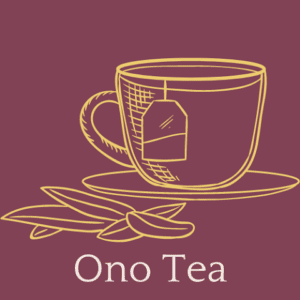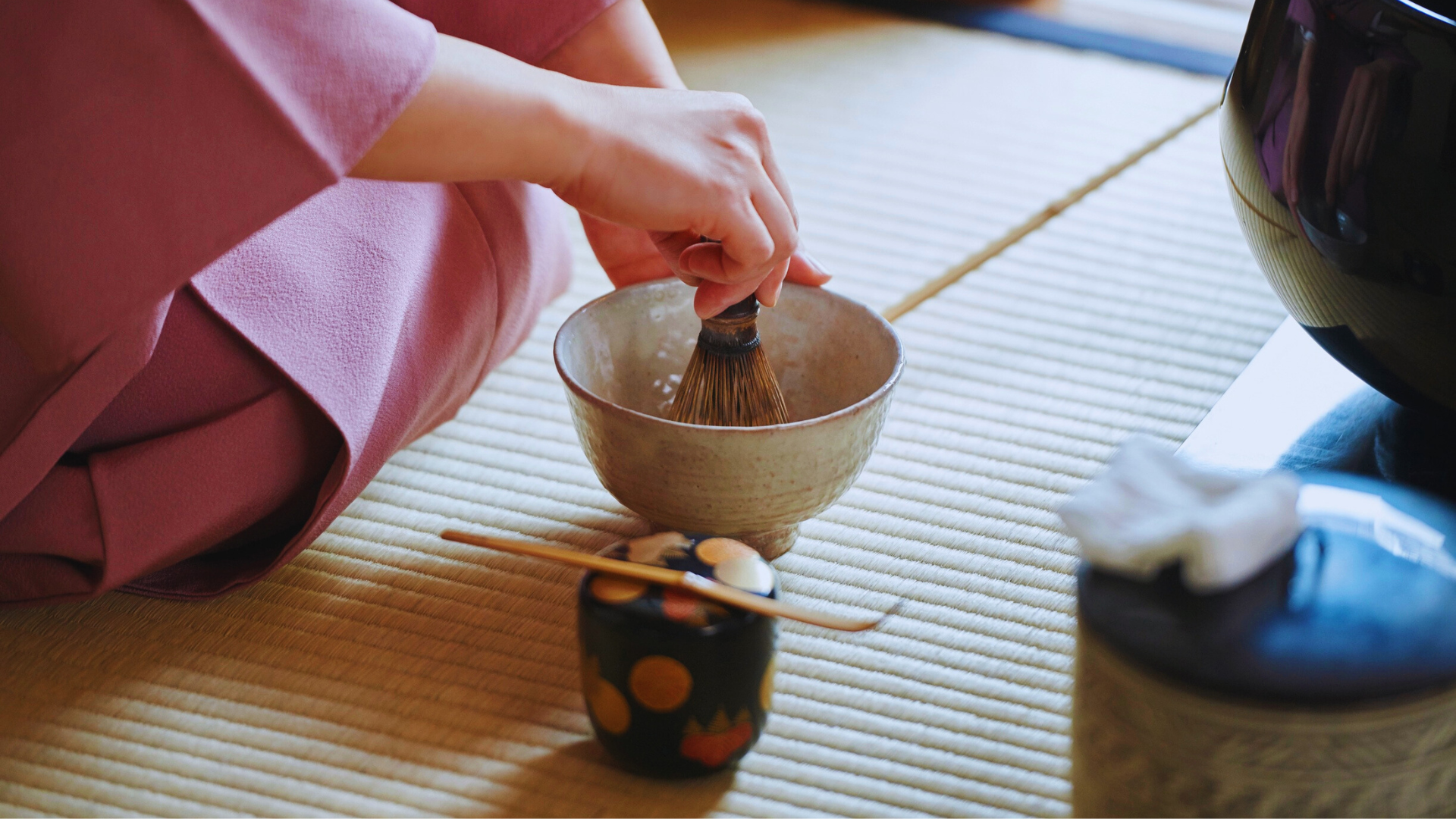Matcha, the vibrant green powdered tea, has taken the world by storm in recent years. From lattes to desserts, this finely ground green tea has become a staple in kitchens and cafes alike. But if you’ve ever shopped for matcha, you’ve likely noticed two distinct categories: ceremonial grade and culinary grade. These labels can feel confusing, especially when deciding which fits your needs.
Should you splurge on ceremonial grade for your morning tea, or is culinary grade sufficient for your baking adventures? In this article, we’ll dive deep into the differences between ceremonial and culinary-grade matcha, exploring their production, flavor profiles, uses, and more to help you make an informed choice.
What is Matcha?
Before we get into the nitty-gritty of ceremonial versus culinary matcha, let’s start with the basics. Matcha is made from shade-grown green tea leaves, primarily from the Camellia sinensis plant. Unlike traditional green tea, where leaves are steeped and discarded, matcha involves grinding the entire leaf into a fine powder, which is then whisked into water or another liquid. This process ensures you consume the whole leaf, delivering a concentrated dose of antioxidants, caffeine, and nutrients like chlorophyll and L-theanine.
Matcha’s origins trace back to Japan, where it has been a cornerstone of tea ceremonies for centuries. Its cultural significance and health benefits have fueled its global popularity, but not all matcha is created equal. The distinction between ceremonial and culinary grades stems from how the tea is grown, harvested, and processed, as well as its intended use.
Ceremonial Grade Matcha: The Gold Standard
Ceremonial grade matcha is often described as the pinnacle of matcha quality. It’s crafted with meticulous care, designed specifically for traditional Japanese tea ceremonies, where the tea is prepared and consumed in its purest form. But what makes it so special?
Production Process
Ceremonial grade matcha comes from the youngest, most tender tea leaves, typically harvested in the first flush (the first harvest of the season, usually in spring). These leaves are grown under shade for about three to four weeks before harvest, a process that boosts chlorophyll levels and enhances the tea’s vibrant green color. Shading also increases the production of amino acids, particularly L-theanine, which gives matcha its signature umami flavor.
After harvest, the leaves are carefully steamed, dried, and deveined, with only the fleshy part of the leaf (known as tencha) ground into a fine powder using traditional stone mills. This labor-intensive process ensures a silky texture and preserves the delicate flavors. Ceremonial matcha is typically made from tea plants that are at least 30 years old, as older plants produce leaves with more complex flavors.
Flavor Profile
When you sip ceremonial grade matcha, you’ll notice a smooth, velvety texture and a rich, nuanced taste. It’s mildly sweet with a pronounced umami note, balanced by a subtle astringency that’s never overpowering. High-quality ceremonial matcha lacks the bitterness often associated with lower-grade teas, making it ideal for drinking straight.
Uses
Ceremonial grade matcha shines in its simplest form: whisked with hot water in a bowl using a bamboo whisk (chasen). This preparation highlights its delicate flavor and creamy consistency. It’s not meant to be mixed with milk, sweeteners, or other ingredients, as these can mask its refined qualities. For purists and those seeking a meditative tea-drinking experience, ceremonial matcha is the go-to choice.
Cost
Quality comes at a price. Ceremonial grade matcha is significantly more expensive than its culinary counterpart, often ranging from $20 to $50 per ounce (about 28 grams). The higher cost reflects the labor-intensive production, limited harvest, and superior raw materials.
Culinary Grade Matcha: The Versatile Workhorse
Culinary grade matcha, while not as prestigious as ceremonial grade, is far from inferior. It’s a practical, versatile option designed for cooking, baking, and blending into recipes where matcha isn’t the sole star of the show.
Production Process
Culinary matcha is typically made from leaves harvested later in the season, often from the second or third flush. These leaves are still shade-grown, but the shading period may be shorter, and the plants are usually younger than those used for ceremonial grade. The processing is less meticulous—stems and veins may not be fully removed before grinding, and the powder may be slightly coarser. While still high-quality, culinary matcha prioritizes bold flavor over subtlety.
Flavor Profile
Culinary grade matcha has a stronger, more robust taste than ceremonial grade. It’s often earthier, with a noticeable bitterness and astringency that can stand up to other ingredients. The color may lean more toward a yellowish-green rather than the vivid emerald of ceremonial matcha, reflecting its different composition.
Uses
This is where culinary matcha truly excels. Its bold flavor makes it perfect for recipes where matcha is one of many components, such as smoothies, lattes, cakes, cookies, and ice cream. It pairs well with milk, sugar, or spices, holding its own without being overpowered. For everyday drinks like a matcha latte or a green tea smoothie, culinary grade is more than sufficient.
Cost
Culinary matcha is much more budget-friendly, typically costing $10 to $20 per ounce. This affordability makes it an attractive option for home cooks and casual matcha drinkers who want to experiment without breaking the bank.
Key Differences at a Glance
To summarize the distinctions:
- Source: Ceremonial grade uses first-harvest leaves from mature plants; culinary grade uses later harvests from younger plants.
- Flavor: Ceremonial is smooth, sweet, and umami-rich; culinary is bolder, earthier, and slightly bitter.
- Texture: Ceremonial is finer and silkier; culinary is coarser.
- Color: Ceremonial is a vibrant green; culinary is duller, sometimes yellowish.
- Price: Ceremonial is pricier; culinary is more affordable.
- Purpose: Ceremonial is for drinking plain; culinary is for cooking and mixing.
Which Should You Use?
The answer depends on your needs, preferences, and budget. Let’s break it down by scenario.
For Drinking Straight
If you’re a matcha enthusiast who enjoys the traditional preparation—whisking it with hot water in a bowl—ceremonial grade is the only way to go. Its delicate flavor and smooth texture are crafted for this experience, and anything less would feel like a compromise. Investing in a high-quality ceremonial matcha is worth it if you value the ritual and want to savor the tea’s full complexity.
For Lattes and Smoothies
If your matcha routine involves milk, sweeteners, or a blender, culinary grade is your best bet. The bold flavor cuts through added ingredients, and the lower cost means you can use it generously without guilt. A ceremonial grade in a latte would be overkill—its subtle notes would get lost in the mix, and you’d be paying for quality you can’t fully appreciate.
For Baking and Cooking
Culinary matcha is the clear winner here. Whether you’re making matcha brownies, ice cream, or salad dressings, its robust taste complements other flavors, and its coarser texture blends seamlessly into batters and doughs. Ceremonial matcha’s finesse would be wasted in these applications.
For Health Benefits
Both grades offer matcha’s famed health perks—antioxidants (like EGCG), caffeine, and L-theanine—but ceremonial grade tends to have higher levels due to its first-harvest leaves and shading process. If maximizing nutrition is your priority, ceremonial might edge out slightly, though the difference is minimal in practical terms.
For Beginners
New to matcha? Start with culinary grade. It’s more forgiving in preparation, versatile for experimentation, and easier on your wallet as you figure out how matcha fits into your life. Once you’re hooked, you can upgrade to ceremonial for a deeper dive.
Quality Matters: How to Choose a Good Matcha
Regardless of grade, not all matcha is created equal. Here’s how to spot a good one:
- Color: Look for a bright, vibrant green. Dull or yellowish hues indicate lower quality or oxidation.
- Origin: Japan, particularly regions like Uji, Nishio, or Shizuoka, is the gold standard for matcha production.
- Texture: Rub the powder between your fingers—it should feel silky, not gritty.
- Packaging: Matcha oxidizes quickly, so opt for airtight, opaque containers.
- Taste: Sample it if possible. Avoid anything overly bitter or stale-smelling.
Beware of cheap “matcha” powders that are actually green tea blends or fillers—these lack the potency and flavor of true matcha.
The Verdict
There’s no one-size-fits-all answer to the ceremonial vs. culinary debate—it’s about matching the matcha to your purpose. Ceremonial grade is the choice for purists seeking an authentic, meditative tea experience. Culinary grade is the practical pick for cooks, casual drinkers, and anyone who loves matcha in creative forms. You might even keep both on hand: ceremonial for special moments and culinary for everyday versatility.
Matcha’s beauty lies in its range, from a serene tea ceremony to a decadent dessert. Whichever grade you choose, you’re tapping into a centuries-old tradition that’s as nourishing as it is delicious. So, grab a whisk or a mixing bowl, and let matcha elevate your day—your way.
Sources
- Ito, E. (2017). “The Science of Matcha: From Cultivation to Consumption.” Journal of Tea Studies. Available at: journalofteastudies.org
.
- Nakamura, Y. (2020). “Understanding Matcha Grades: A Guide for Consumers.” Tea Culture Monthly. Available at: teaculturemonthly.com
.
- Smith, L. (2023). “Matcha in the Kitchen: Culinary Uses and Benefits.” Food & Health Review. Available at: foodandhealthreview.com
.

